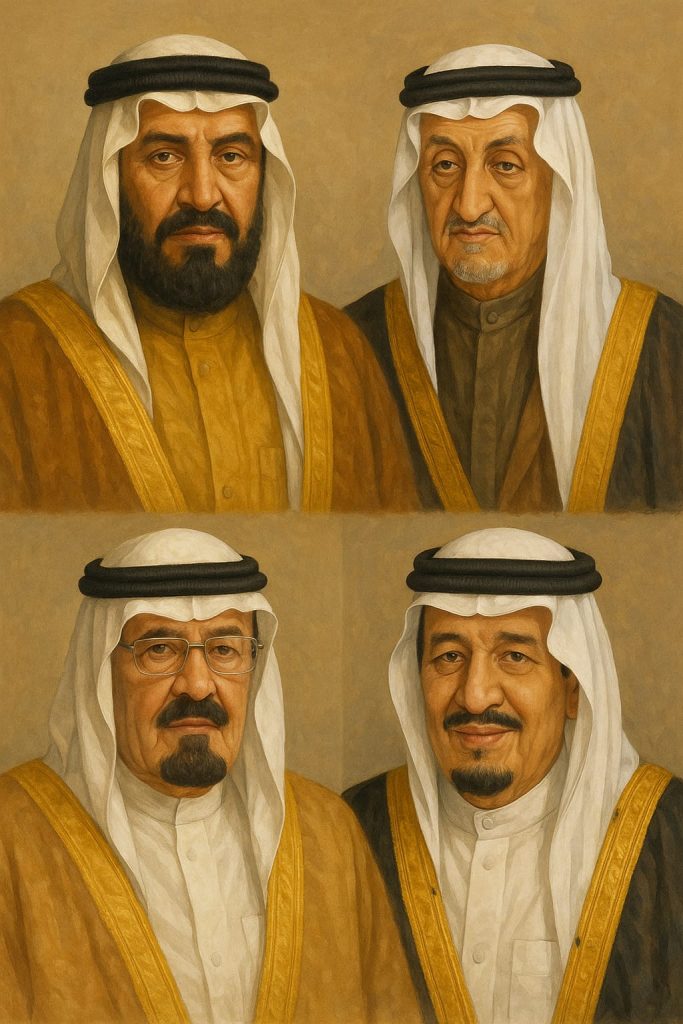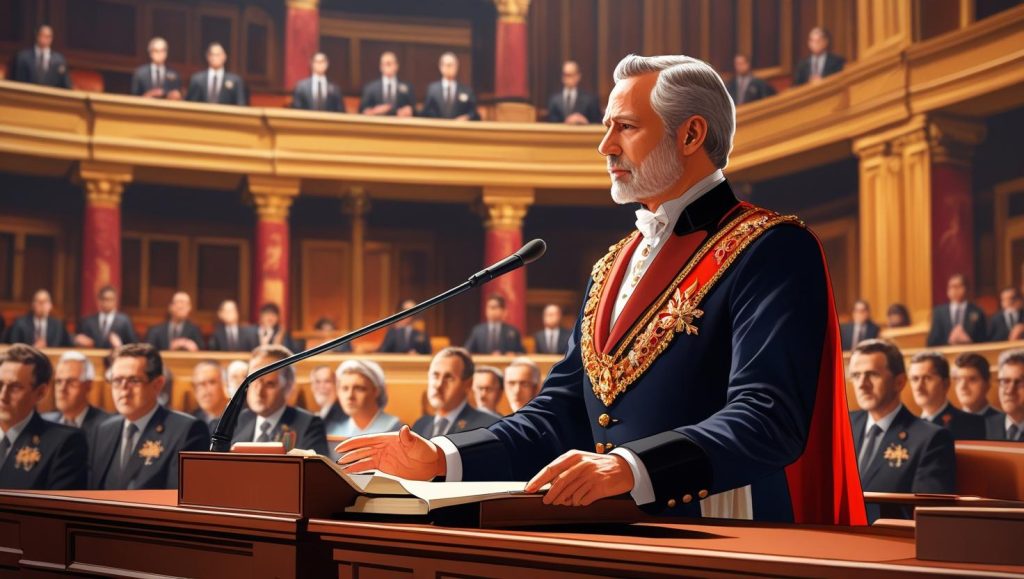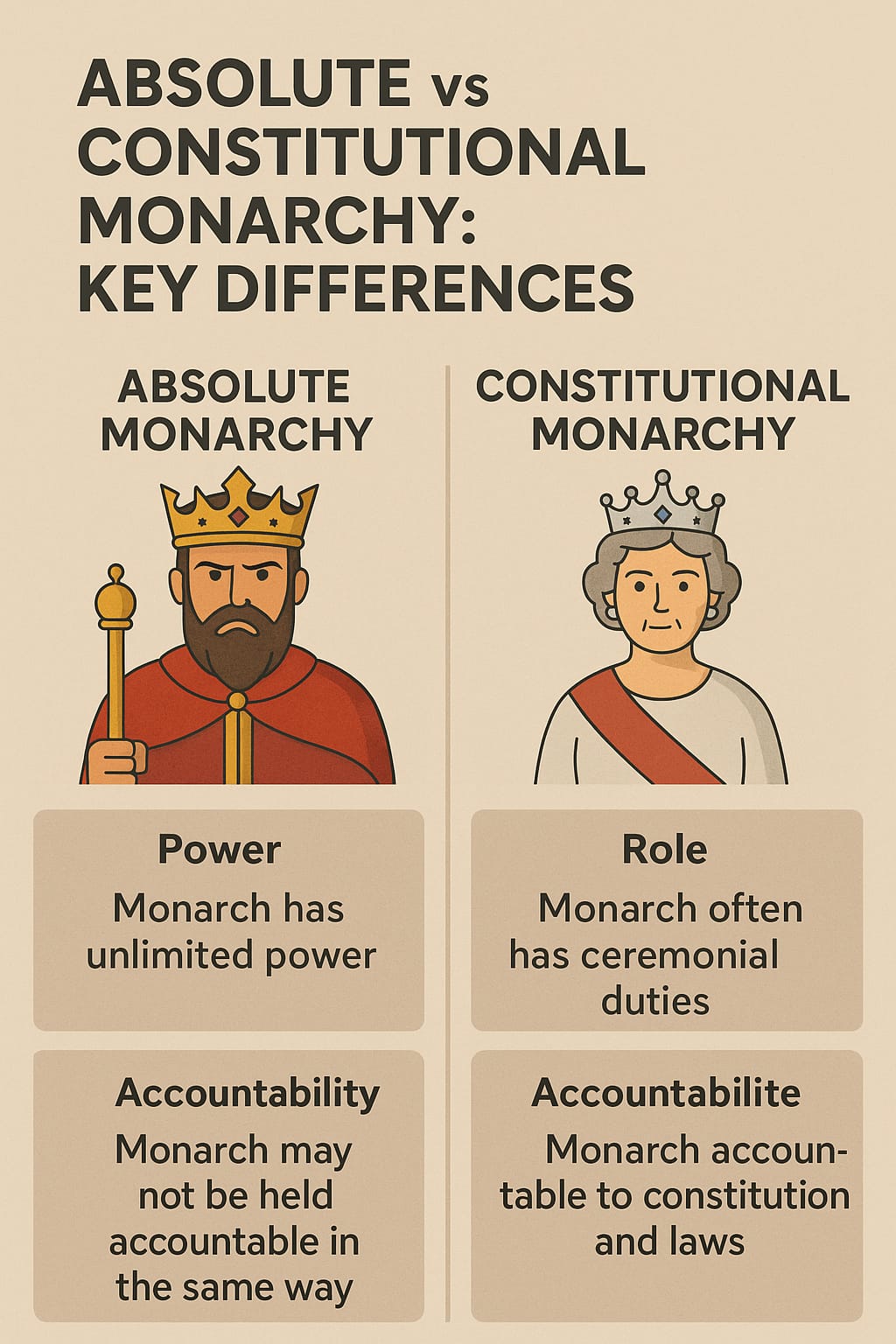Despite monarchies having existed for thousands of years, their systems of rule vary significantly depending on the country. The two forms of monarchy most common in the world today are absolute monarchy and constitutional monarchy. Although a monarch rules both systems, their duties, roles, and the authority they hold are remarkably different. How do these approaches operate, and what differentiates them?
Understanding Monarchy
In a monarchy, one person, often referred to as a monarch, holds the role of head of state. Usually, the post is inherited by sons or daughters from their ancestors. Over the years, many monarchies have undergone significant transformations, and while some continue to hold authority, others now play a largely ceremonial role within a democracy.
What Is Meant By Absolute Monarchy?
An absolute monarchy means that a single monarch rules over the state and all branches of government, including its executive, legislative, and judicial functions. Due to the constitution and the absence of a parliament, the monarch can make decisions without challenge.
Main Features of an Absolute Monarchy:
In an absolute monarchy, one individual has all the power, usually supported by the belief that it is their divine right. Here, what the monarch says is the law, and there are no constitutional methods to limit the monarch’s power. In such a government, the ruler usually handles the military, laws and economy without interference.
Centralized Power
Policy-making, administration and government decisions rest entirely with the king or queen. None of the authorities that oversee the monarchy has the power to limit the monarch’s control.
No Separation of Power
The leader of an absolute monarchy typically holds power over laws, decisions, and justice. Often, they are in charge of the armed forces and the churches, meaning independent officials are unable to act.
Decree Rule
Monarchs can make laws and take major decisions independently without needing advice from anyone. They take effect immediately and are not subject to public discussion or consent.
No Democratic Elections
The living leader chooses the next generation to inherit their position. There is little to no chance for people to influence political decisions, and opposition to the government is often suppressed to ensure dictators maintain complete power.
Example: Saudi Arabia

A modern absolute monarchy is evident in the case of Saudi Arabia. The king is both the chief executive and the head of state, representing the nation. The country does not elect a parliament, and laws are based on Islamic law (Sharia). The royal family is mighty and rules over the country’s oil resources, safety and media.
What is a Constitutional Monarchy?
A constitutional monarchy means a monarch serves as the formal leader, but the real government authority rests with officials chosen through elections.

Characteristics ofa Constitutional Monarchy:
- Limited Power: The monarch must operate within the bounds of a written or unwritten constitution.
- Separation of Powers: Legislative, executive, and judicial powers are divided among different institutions.
- Parliamentary Governance: A democratically elected parliament handles laws and governance.
- Rule of Law: Monarchs cannot make laws or govern independently of the law.
Example: The United Kingdom.
Among the countries in the world, the United Kingdom is primarily known for its constitutional monarchy. While King Charles III is the figurehead of the British state, the Prime Minister leads and directs the government with help from Parliament. The primary tasks of the UK monarch are ceremonial, including endorsing laws, representing the country at official events, and upholding traditions.
Historical Background and Evolution
There was a time when many monarchies had absolute control, but people and events brought about changes. Those living during the 17th and 18th century Enlightenment opposed giving a king the “divine right” to rule, which led to reforms of political systems.
Following the French Revolution, France became a republic after being ruled as an absolute monarchy under Louis XIV. Sweden and Japan once had prominent monarchs, but over time, they became modern constitutional monarchies through political changes.
Key Differences: A Comparative Breakdown
| Feature | Absolute Monarchy | Constitutional Monarchy |
| Power Source | Solely the monarch | Constitution and elected bodies |
| Law-Making Authority | Monarch | Parliament or the legislative branch |
| Role of Citizens | Minimal to none | Citizens elect representatives |
| Checks and Balances | None | Built-in democratic institutions |
| Modern Examples | Saudi Arabia, Brunei | United Kingdom, Sweden, Japan |
| Monarch’s Role | Executive ruler | Ceremonial and symbolic leader |
Modern Relevance And Public Opinion
Absolute monarchies are now uncommon and typically exist only in the Middle East and certain parts of Asia. They are usually criticized for not allowing much freedom, respecting few human rights, and being accountable to no one.
Unlike parliamentary systems, people in many countries tend to support constitutional monarchies more widely. They incorporate thousands of years of tradition with modern governance, generally acting as symbols of strength and weaving a sense of national identity. Charitable activities and international representation are often a part of what monarchs do in these countries.
The Balance Between Tradition and Modernity
Both types of monarchy grew from different circumstances and hold different cultural values. In absolute monarchies, the emphasis is on one-person rule and continued control; however, constitutional monarchies strive to maintain their history while upholding democratic principles.
In places such as Norway, Denmark, and Thailand, the monarchs now serve as symbolic leaders, uniting the nation and supporting democratic principles.
Conclusion
Absolute and constitutional monarchies differ in how authority and power are handled. While leaders in Saudi Arabia are absolute monarchs, those in the United Kingdom are constitutional monarchs who don’t hold most power.
Monarchies evolve with society—sometimes choosing to adapt, and at other times remaining the same. Whether they represent authority or are seen as symbolic, monarchs play a significant role in global political and cultural life, reflecting both the nation’s history and its future.
